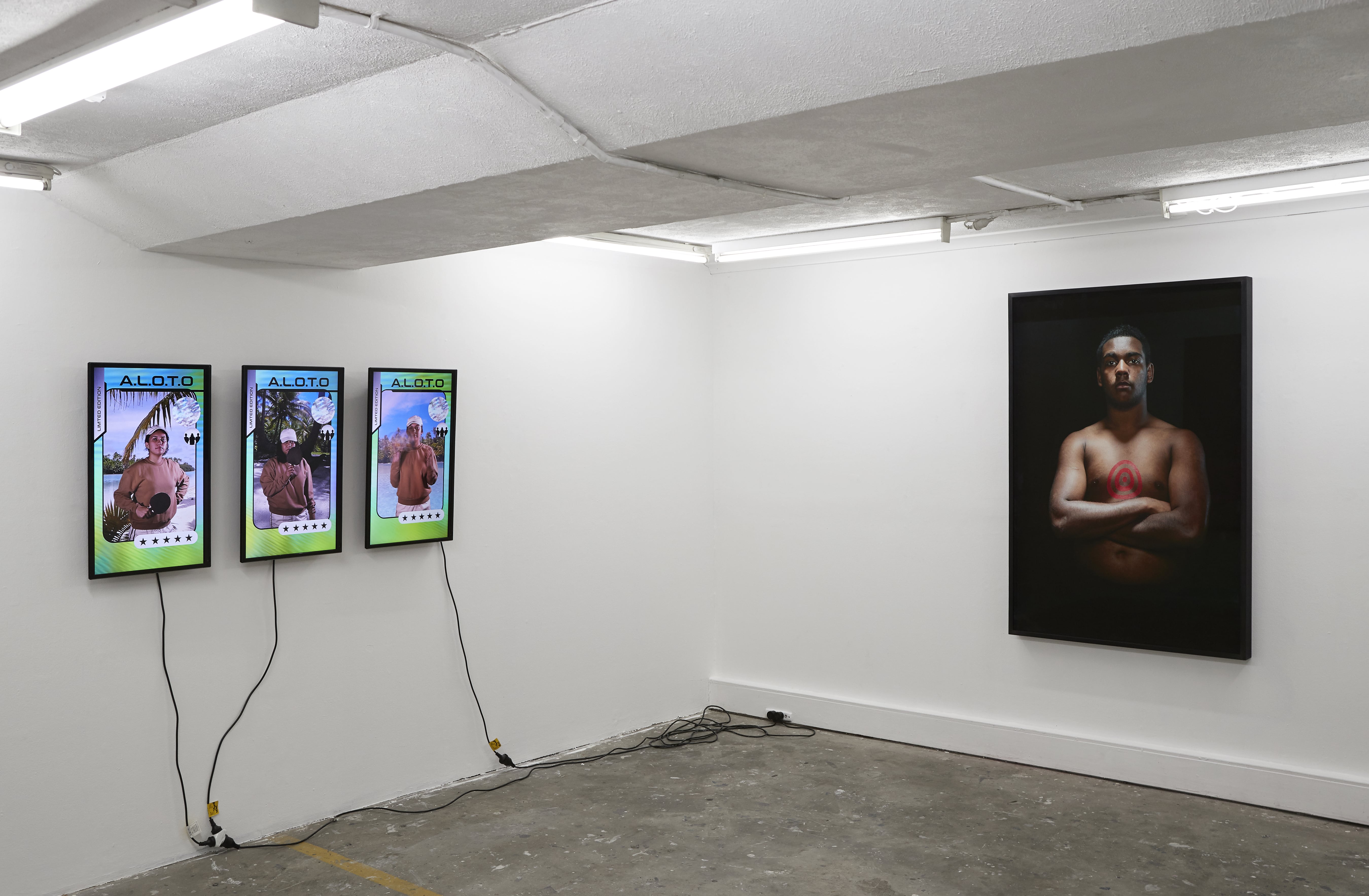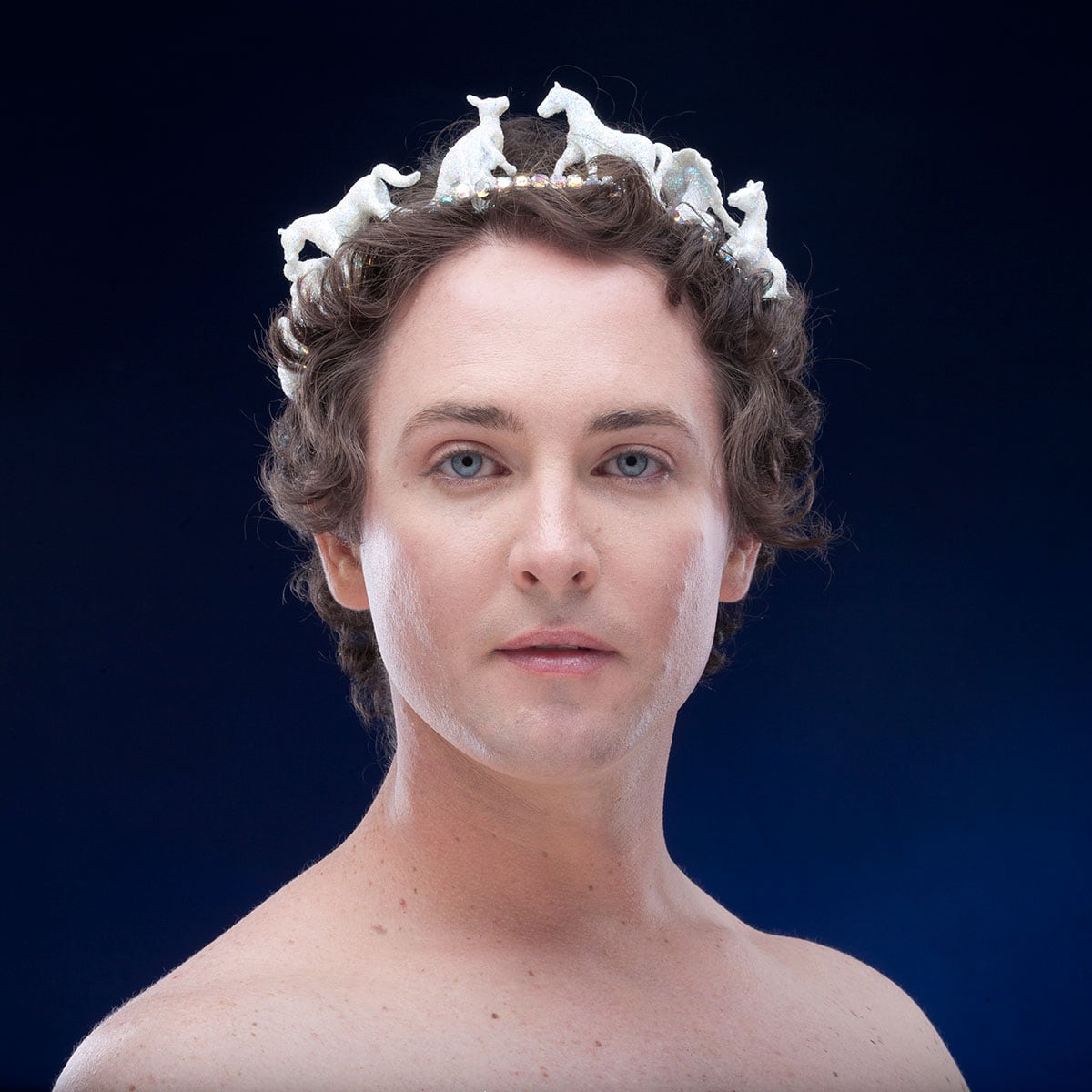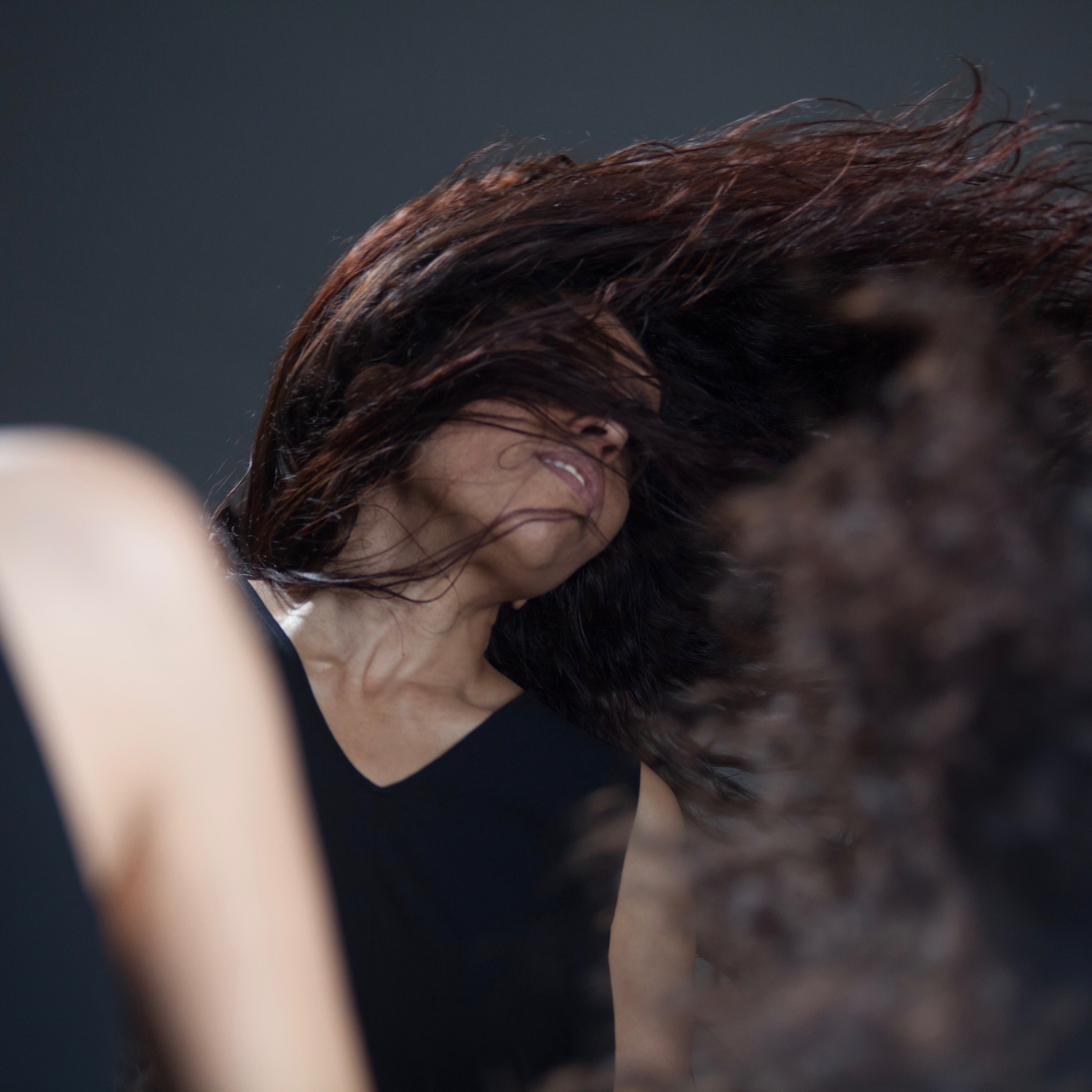


Artists: Tony Albert, Archie Barry & Max Milne, Liam Benson, Get to Work, Angelica Mesiti, Echo Morgan and Angela Yu
Curator: Grace Partridge
Engender is an exhibition about many things: gender, race, self-representation and power – essentially an exploration of identity. Amidst the constant news feed from the ‘yes’ and ‘no’ campaigns in the lead up to the same-sex marriage postal survey, this exhibition is a well-timed reminder that art can open our minds to the nuance and complexity within the key issues of our time.
In thinking about gender, the selection of works is broad and covers a lot of ground. With the exception of Angelica Mesiti’s video Nakh removed (2015), Engender reflects a distinctly Australian sense of identity - the scars of our colonial past, the politics of multiculturalism, and stereotypes of Australian masculinity. Each work brings a different perspective to the conversation, emphasising the difficulty in defining and understanding identity. As curator Grace Partridge explains in her essay, representation of identity and gender is fluid and complicated, and does not necessarily fit into categories. The works that make up Engender pose a myriad of questions about how we try to grasp gender, questions that are ultimately, deliberately, left unresolved.
One of the more engaging works in the exhibition is a.l.o.t.o (a league of their own) (2017) by Sydney-based collective Get to Work. Resembling a combination of sports trading cards and video game interface, this 3-channel video places featured ‘characters’ alongside each other, comparing their performance statistics. Each player is measured by a set of arbitrary classifications such as ‘endurance’, ‘mystery’ and ‘intuition’. While the artists’ use of humour and pop-culture familiarities makes the work easily relatable, it is in the details that complex ideas around identity as social construct are found. Their choice of backdrop, costumes, and language teases out common stereotypes associated with Pacific Islanders and women of colour, in Australia and elsewhere.
In her essay Grace Partridge discusses her conscious focus on presenting portraiture. The strength of using this form to explore identity is most evidently curated in the Level 2 gallery. On the right wall of the space is Brother (Our Present) (2013) by Tony Albert. A portrait of an Indigenous man with a red target painted on his bare chest, this work was created in response to the high rates of incarceration of Indigenous men in Australia. On the left wall is Liam Benson’s Opal Queen (2015), a self-portrait of the artist wearing a crown. The opposing gazes of these two portraits, separated by the pop-culture infused a.l.o.t.o (a league of their own), creates a palpable tension, in turn giving the space a cohesiveness that strengthens both the chosen works and the broader themes of the exhibition.
Similar to a.l.o.t.o (a league of their own), Brothers (Our Present) and Opal Queen are multi-layered. Central to these works - and that of Archie Barry & Max Milne in the Level 5 gallery - is an examination of what defines Australian masculinity. Even today, a large part of society remains attached to the historical ‘bronzed Aussie’ depiction of male identity – athletic, white, straight. These works refute this stereotype by portraying male identity as fluid and shaped by various cultural and social influences - sexuality, self-expression, race.
As always, Angelica Mesiti’s work is flawless. Her video installation Nakh Removed (2015) depicts a group of women performing a traditional hair dance from North Africa. Mesiti has slowed down the frame rate, drawing focus to the precise movements and expressions of the dancers; the rhythm of their movements is hypnotic. Culturally, the dance depicted is associated with a traditional wedding festival – the bride preparing herself for her soon-to-be husband. The transference to a contemporary setting, however, creates a dissonance between past and present, the dance and the dancers exuding a sense of strength rather than vulnerability.
There are so many artists working with themes of gender and identity that deciding on works for Engender would undoubtedly have been a tough process. This exhibition set out to ‘re-mystify gender’ and it certainly has achieved this. Each work is dense with social, political and cultural complexities proving that understanding and even portraying gender is not one thing or another. Art makes us think, but it also makes us see. This exhibition lets us see what identity can look like. Engender is about what makes us who we are.
Lucy Ainsworth is an emerging Australian curator whose research focuses on social practice and exhibition making in non-traditional spaces.
